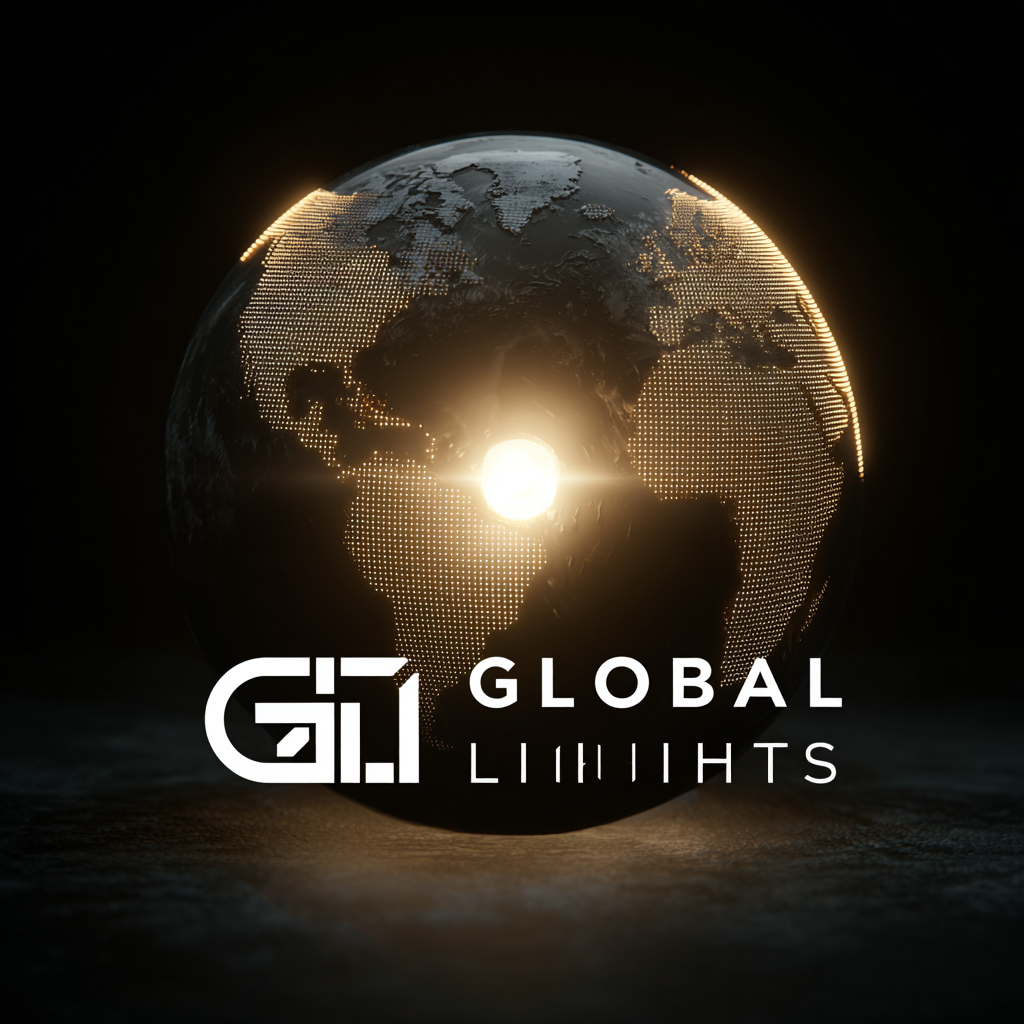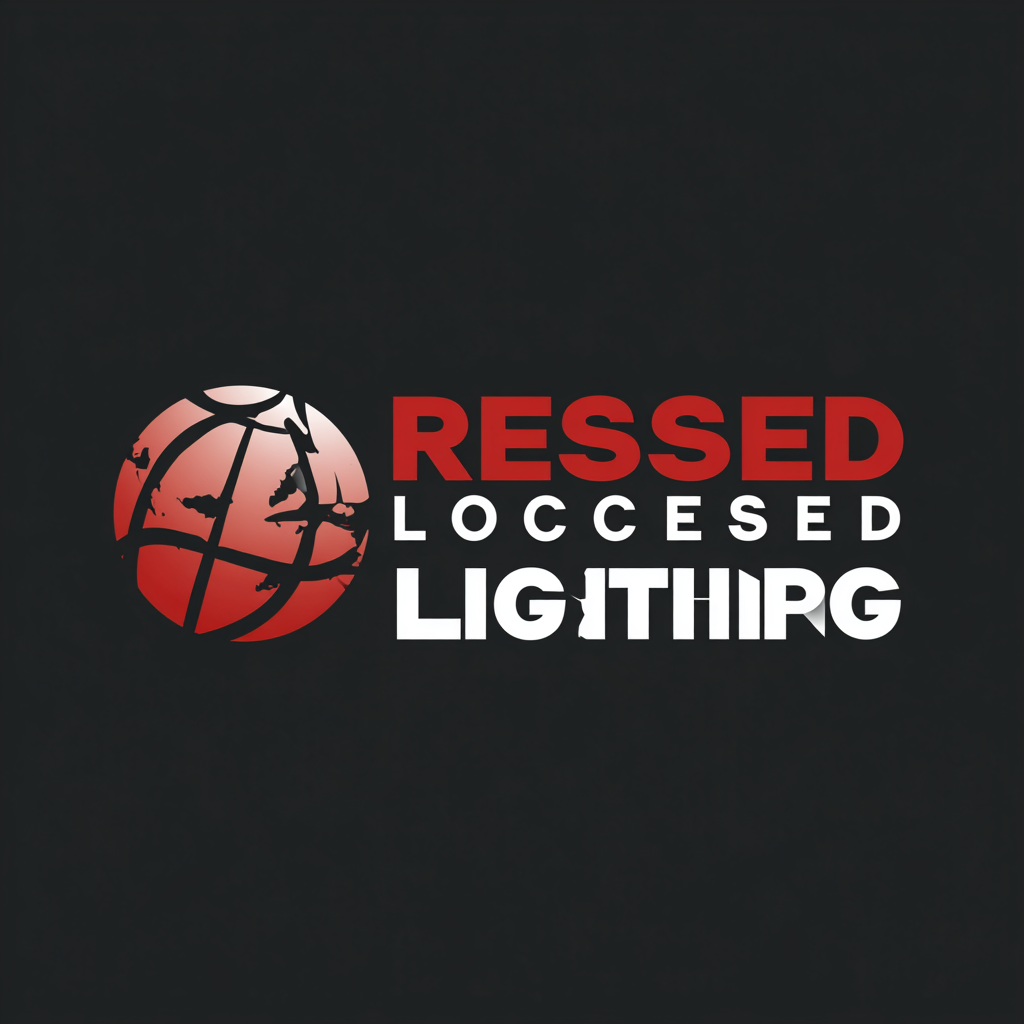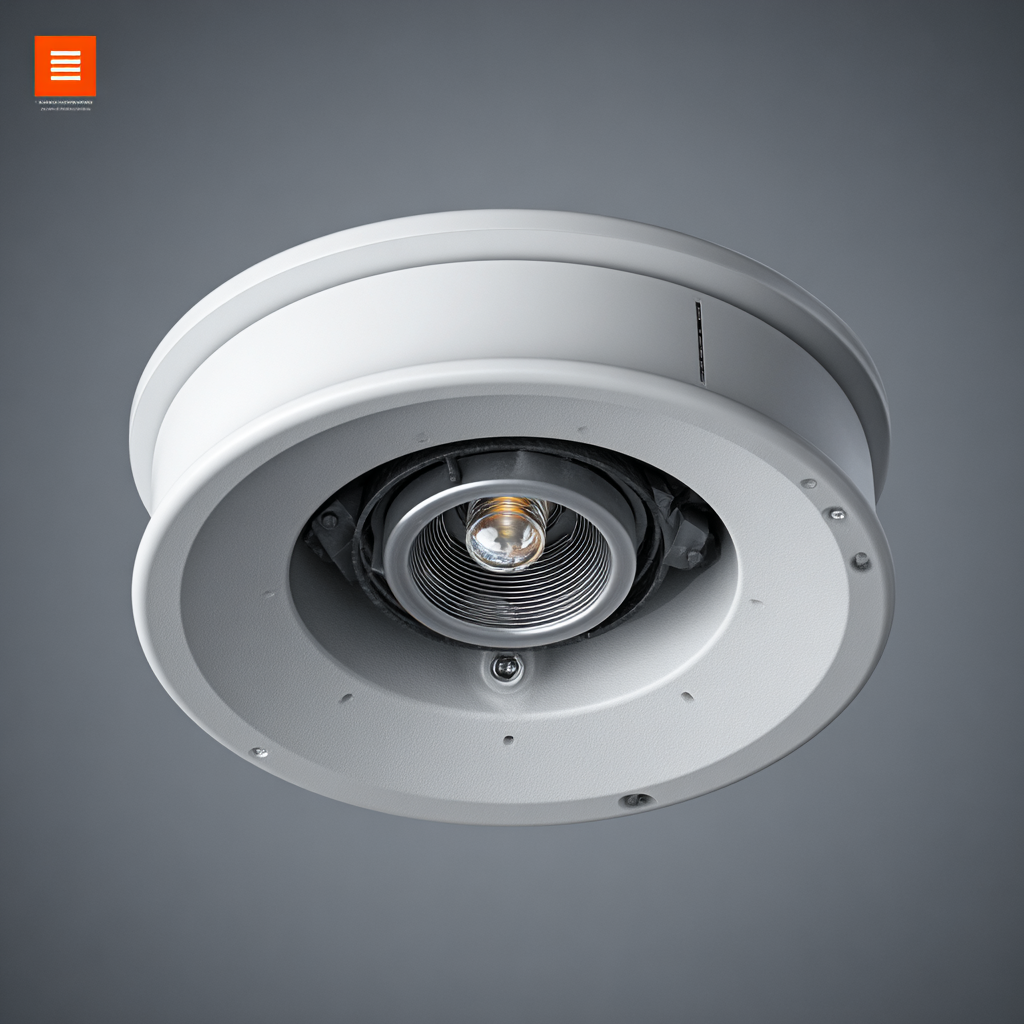Global Market Insights for Best Recessed Lighting Toward 2025 and Beyond
As we look toward 2025 and beyond, the global market for recessed lighting is poised for significant transformation, driven by advancements in technology and growing consumer preferences for energy efficiency and aesthetic appeal. According to a recent report by Fortune Business Insights, the recessed lighting market is expected to reach USD 5.46 billion by 2027, growing at a CAGR of 6.2% from 2020 to 2027. This upward trend is fueled by the increasing demand for smart lighting solutions and the integration of LED technology, which not only enhances illumination but also offers sustainability benefits. With trends leaning toward minimalistic and modern home designs, recessed lighting is becoming a staple in residential and commercial spaces alike. This article aims to delve into the key market insights and trends shaping the future of recessed lighting, providing a comprehensive overview of what consumers and industry professionals can expect in the coming years.

Emerging Trends in Recessed Lighting: A 2025 Outlook
As we look toward 2025, the recessed lighting market is witnessing several emerging trends that reflect the shifts in consumer preferences and technological advancements. According to a recent report by MarketsandMarkets, the global recessed lighting market is projected to grow from $9.5 billion in 2020 to $14.8 billion by 2025, marking a CAGR of 9.3%. This growth is largely attributed to the rising demand for energy-efficient lighting solutions, driven by increasing awareness of sustainability and energy conservation.
One of the most significant trends is the integration of smart technology into recessed lighting systems. The proliferation of smart homes has led to heightened interest in LED recessed lighting that can be controlled via smartphones or voice-activated devices. A report by Grand View Research highlights that the smart lighting market alone is expected to reach $11.57 billion by 2026, with a notable emphasis on fixtures that offer customizable settings for color and brightness. This intersection of technology and design not only enhances user experience but also contributes to energy savings, aligning with the global push towards greener alternatives in home and commercial environments.
In addition, vintage and artisanal designs are becoming increasingly popular in recessed lighting selections. Consumers are gravitating towards fixtures that provide both aesthetic appeal and functionality, reflecting a desire for personalized living spaces. Industry analysis indicates that there will be a significant shift towards a blend of modern and retro designs in recessed lighting, catering to diverse consumer demographics. With these trends shaping the future of recessed lighting, manufacturers and designers will need to innovate continuously to meet evolving consumer expectations.
Technological Advancements Shaping the Recessed Lighting Market
As the recessed lighting market evolves, technological advancements are playing a pivotal role in shaping its future. Innovations such as LED technology have significantly transformed the efficiency and functionality of recessed lights, allowing for brighter, more energy-efficient options that consume less power. The ability to choose adjustable color temperatures and luminosity levels has enhanced the versatility of recessed lighting, making it suitable for various applications in residential and commercial spaces alike.

Moreover, smart lighting systems are emerging as a popular trend, integrating IoT capabilities that enable users to control lighting through mobile apps or voice-activated devices. This level of convenience not only enhances user experience but also promotes energy savings by allowing for scheduling and remote operation. As manufacturers continue to invest in research and development, we can expect to see even more sophisticated features in recessed lighting, such as sensors that automatically adjust brightness based on ambient light or occupancy. The intersection of technology and design in the recessed lighting market promises to deliver exceptional solutions that meet the demands of modern consumers.
Sustainability in Recessed Lighting: Eco-friendly Innovations Ahead
As the demand for sustainable solutions continues to rise, the recessed lighting industry is embracing innovative eco-friendly technologies. Manufacturers are increasingly focusing on energy efficiency, shifting towards LED options that not only reduce energy consumption but also have a longer lifespan compared to traditional lighting. This not only benefits the environment but also results in cost savings over time for consumers and businesses alike. In addition to using energy-efficient bulbs, companies are experimenting with sustainable materials for fixtures and housings, minimizing the overall environmental impact of recessed lighting installations.
Moreover, the integration of smart technology in recessed lighting is paving the way for enhanced sustainability. Smart recessed lights can be programmed to adjust brightness based on the time of day or occupancy, maximizing energy savings. Additionally, the use of sensors and connectivity allows for better control and monitoring, enabling users to optimize their lighting conditions in real time. As these innovations gain traction, they reflect a significant shift in the industry, where eco-friendliness is no longer just a trend but a fundamental aspect of product development, pointing toward a greener future in lighting design.
Global Market Insights for Best Recessed Lighting Toward 2025 and Beyond
| Region | Market Size (Million USD) | Growth Rate (CAGR %) | Sustainable Technology Adoption (%) | Main Features |
|---|---|---|---|---|
| North America | 850 | 6.5 | 70 | Energy-efficient, Smart control |
| Europe | 720 | 7.2 | 65 | Low-energy consumption, Recyclable materials |
| Asia Pacific | 950 | 8.0 | 60 | LED technology, Smart lighting |
| Latin America | 320 | 5.5 | 50 | Affordability, Eco-friendly materials |
| Middle East & Africa | 410 | 4.5 | 45 | Durability, Adaptable lighting solutions |
Consumer Preferences Driving Recessed Lighting Choices in 2025
As we look toward 2025, consumer preferences are shaping the market for recessed lighting in significant ways. A recent study indicates that nearly 60% of homeowners prioritize energy efficiency and smart technology when selecting lighting solutions. This shift towards sustainability and innovation resonates well with contemporary consumers who are increasingly concerned about their environmental impact. The demand for LED options has surged, particularly those featuring smart capabilities such as Bluetooth connectivity and adjustable color temperatures, providing enhanced customization for various settings.

Tips: When choosing recessed lighting, consider opting for dimmable LED fixtures that allow for adjustable brightness, helping you set the perfect mood for any occasion. Additionally, investing in smart lighting systems can contribute to energy savings while offering convenient control through mobile devices.
Moreover, the growing trend of incorporating recessed lighting into modern designs aligns with a broader movement towards minimalism and functionality in home aesthetics. Reports suggest that this year, around 45% of interior designers favor such lighting styles in their projects, influenced by client requests for seamless integration into existing decor. This trend not only enhances ambiance but also adds a touch of sophistication to various spaces in the home.
Tips: To achieve an effective lighting layout, ensure that your recessed fixtures are strategically placed to maximize light distribution throughout the room. Consider hiring a professional to evaluate your space, ensuring that the placement meets both aesthetic and functional needs.
Key Players and Market Dynamics in the Recessed Lighting Sector
The recessed lighting sector is poised for significant growth as we move toward 2025, driven by several key players and evolving market dynamics. According to a recent report by MarketsandMarkets, the global recessed lighting market is projected to reach $16 billion by 2027, growing at a compound annual growth rate (CAGR) of 8.5% from 2020. This growth is attributed to the increasing demand for energy-efficient lighting solutions and the rising awareness of sustainable practices among consumers and industries alike.
Key players in the recessed lighting industry, such as Philips Lighting, Cree, and Osram, are at the forefront of innovation, introducing advanced lighting technologies like LED and smart lighting solutions. These companies are enhancing their product lines to include features such as adjustable color temperatures and integrated smart technology, appealing to both residential and commercial markets. The shift towards automation and smart home integrations is expected to further drive the adoption of recessed lighting solutions, making them a staple in modern design and functionality.
Market dynamics are also influenced by factors such as regulatory policies promoting energy efficiency and lighting upgrades, especially in commercial applications. With these trends, the recessed lighting market is not only growing but also transforming into a pivotal component of energy-efficient design across various sectors.
